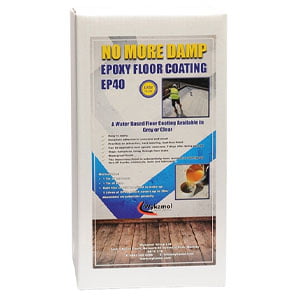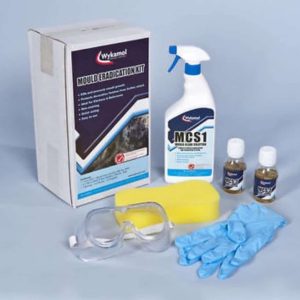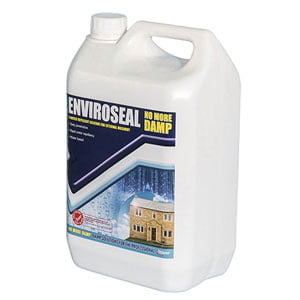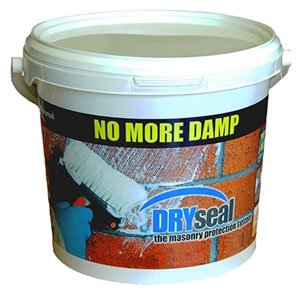What Is Penetrating Damp?
Penetrating damp occurs when water enters walls due to building faults or damage, often from rainwater, groundwater, or wastewater.
Common causes include :
- leaky gutters, faulty downpipes
- poor pointing
- chimney problems
- cracked rendering
Pinpointing the exact cause can be tricky, but our thorough inspection helps identify the root issue. To fix penetrating damp effectively, professional identification is crucial for a lasting solution.


How To Spot Penetrating Damp?
If you notice damp patches on walls, ceilings, chimney breasts, or near windows, it’s likely penetrating damp. Stains on exterior walls, crumbling plaster, and mould growth indicate a damp problem needing attention.
We’re adept at diagnosing and professionally treating various types of damp in your home. Our approach is honest and reliable, and we won’t pressure you into unnecessary purchases. Our surveyors work without commission, solely aiming to offer the best advice for your specific damp issues.
How To Treat Penetrating Damp?
Treating penetrating damp starts by pinpointing its cause and identifying building faults. Our skilled surveyors, with extensive experience in damp identification, diagnose the root issue. Once identified, we repair the damage to halt the damp problem.
Following this, we assess the damage inflicted by the damp, which might include timber rot or plaster issues that need fixing to restore the building.
Lastly, treatment involves waterproofing affected bricks and masonry, ensuring protection against further damage and preventing additional water entry. This step safeguards the structure from future issues caused by damp.



















